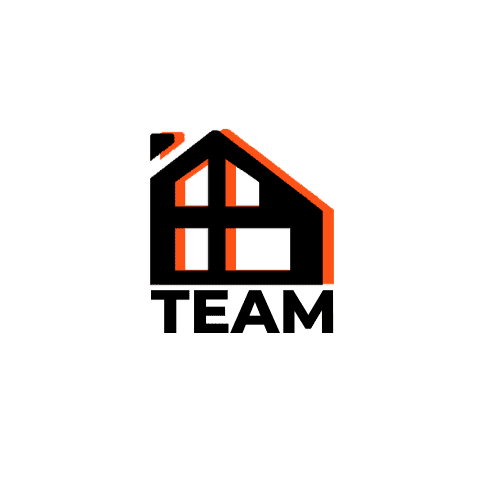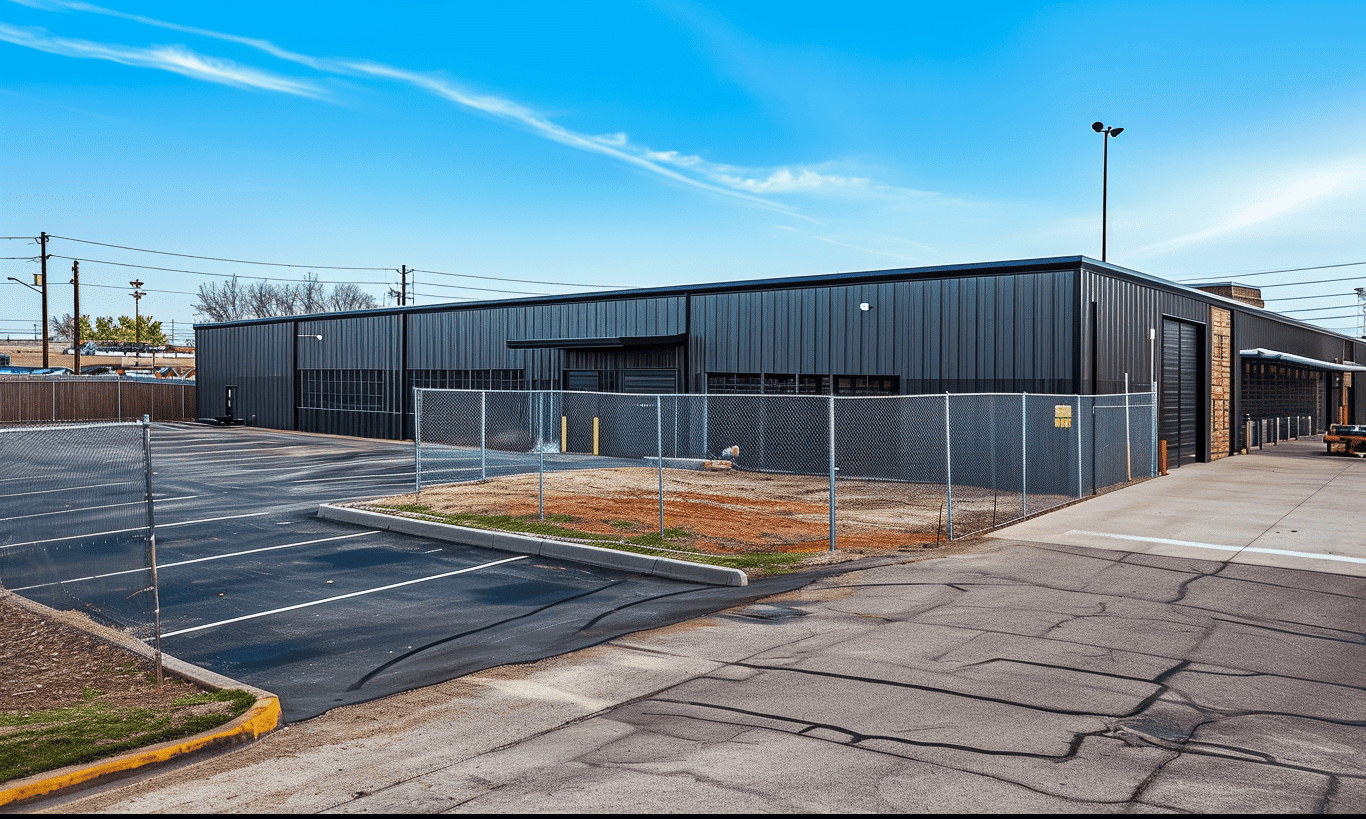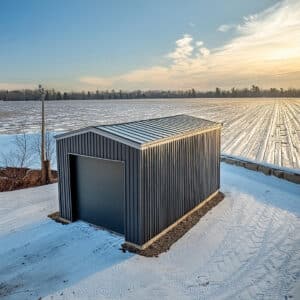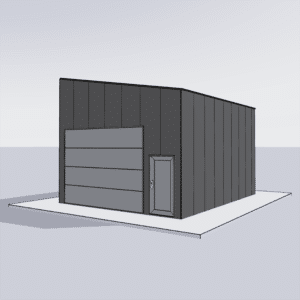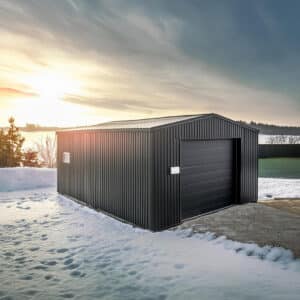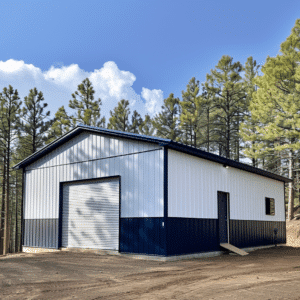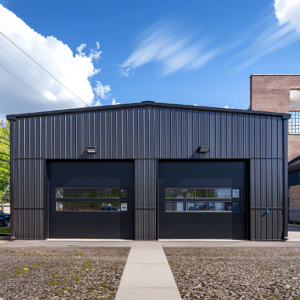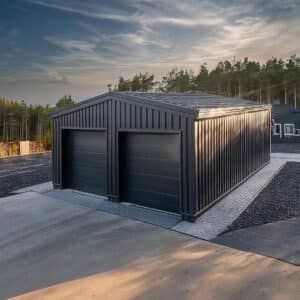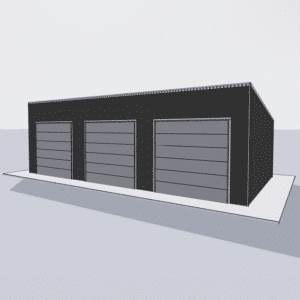Building a steel structure is an exciting endeavor that promises durability and strength. However, ensuring compliance with building codes is critical to avoid costly penalties and to guarantee safety. Violating steel building codes can lead to delays, fines, or even the need to tear down non-compliant structures. In this guide, we’ll delve into the top five code violations to avoid when erecting a steel structure. Understanding these common pitfalls and adhering to regulations is crucial in executing a successful construction project.
Understanding Steel Code Violations
Before diving into the specifics, let’s explore what Building Codes for Steel Structures entail. These codes are a set of regulations that define the standards for construction practices, ensuring safety and structural integrity. Unfortunately, code violations are not uncommon. They often stem from a lack of understanding or oversight during the planning and construction phases.
The Importance of Compliance
Imagine building your dream garage only to find out your structure is out of compliance with local regulations. Why does this happen? Violations often arise from improper use of materials, inadequate design, or failure to obtain the necessary permits. In construction, ignorance is not bliss. Ensuring compliance is not just about legality; it’s about safeguarding the future of your building.
Top 5 Steel Code Violations to Avoid
To help you steer clear of typical pitfalls, let’s delve into the top five steel code violations and how you can avoid them.
1. Insufficient Load Bearing Capacities
One of the most critical aspects of building with steel is ensuring that the structure can support anticipated loads. This includes factors like snow, wind, and occupancy loads. Many violations occur because builders underestimate these loads, leading to structural weaknesses.
– **Solution:** Consult with structural engineers to calculate and verify load-bearing capacities. Adhering to guidelines specified in Steel Building Codes & Permits is a must to avoid these issues.
2. Improper Welding Practices
Steel construction heavily relies on quality welding to ensure the integrity of connections. Poor welding practices can lead to weak joints, posing risks of structural failure.
– **Solution:** Hire certified welders and ensure all practices conform to the standards set by the welding codes. Quality inspections and regular audits during construction can preclude these violations.
3. Inadequate Fire Safety Provisions
Steel structures, while robust, are not impervious to fire risks. An often-overlooked violation involves ignoring necessary fireproofing measures.
– **Solution:** Implement fire-resistant materials and coatings as required. Incorporate comprehensive fire safety plans that meet local building regulations.
4. Non-compliance with Zoning and Land Use Regulations
Constructing a steel building without proper permits or in violation of zoning laws can result in legal challenges and forced modifications.
– **Solution:** Conduct due diligence by consulting zoning regulations and securing all necessary permits before construction begins. Check resources on how to Avoid Common Code Violations related to permits and land use.
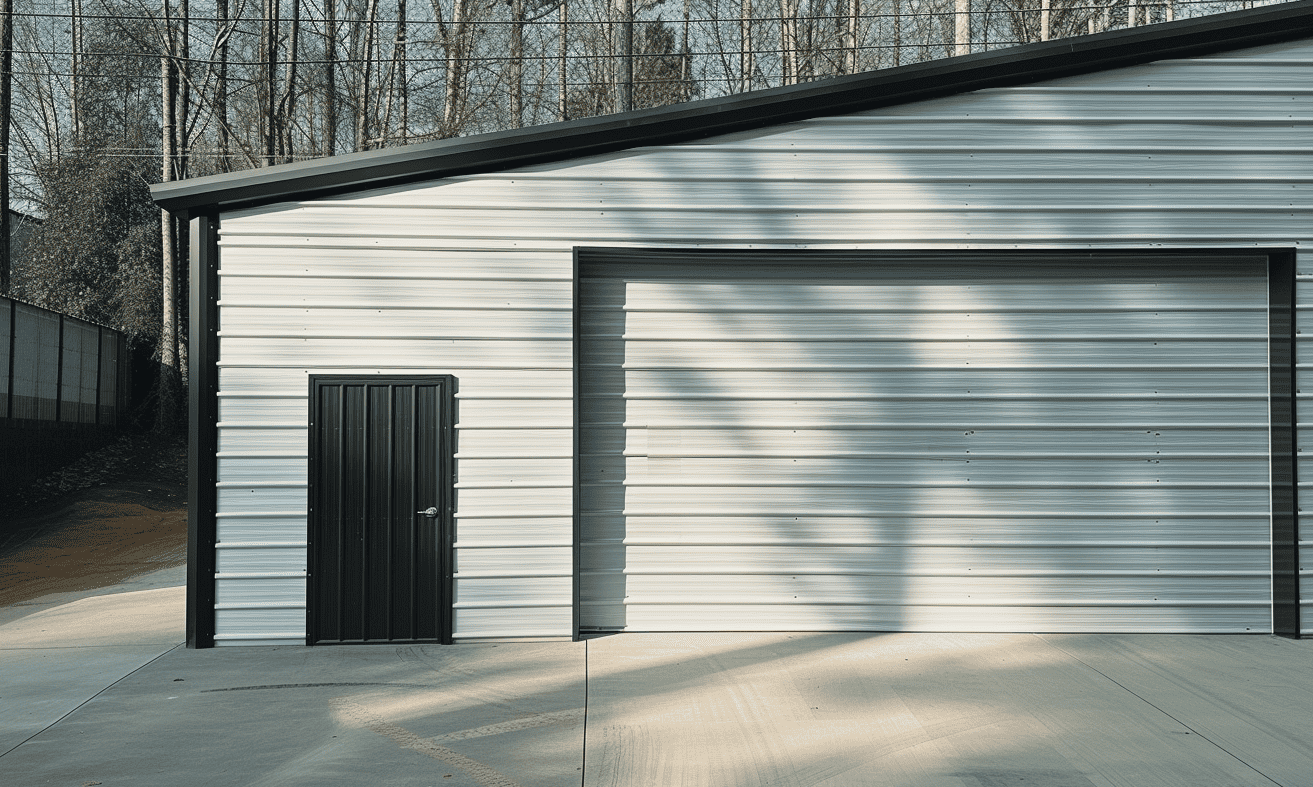
5. Inadequate Foundation and Anchorage
A structure is only as strong as its foundation. Code violations often occur when foundations are improperly designed or when anchorage is insufficient.
– **Solution:** Engage with geotechnical experts to assess soil conditions and design appropriate foundation systems. Ensure anchor bolts and fixings are installed per the specifications.
Practical Steps to Ensure Compliance
Aside from understanding common violations, taking proactive measures ensures you stay compliant throughout your building project.
Engage with Professionals Early
Hiring experienced architects and engineers can help you navigate building codes comprehensively. They not only assist in the design phase but also provide critical oversight during construction.
Regular Inspections and Quality Control
Implement a process for regular inspections by qualified personnel. This validates ongoing compliance and helps identify areas of concern early.
Stay Updated with Local Codes
Building codes can evolve. Keeping abreast with the latest developments ensures your project aligns with current standards.
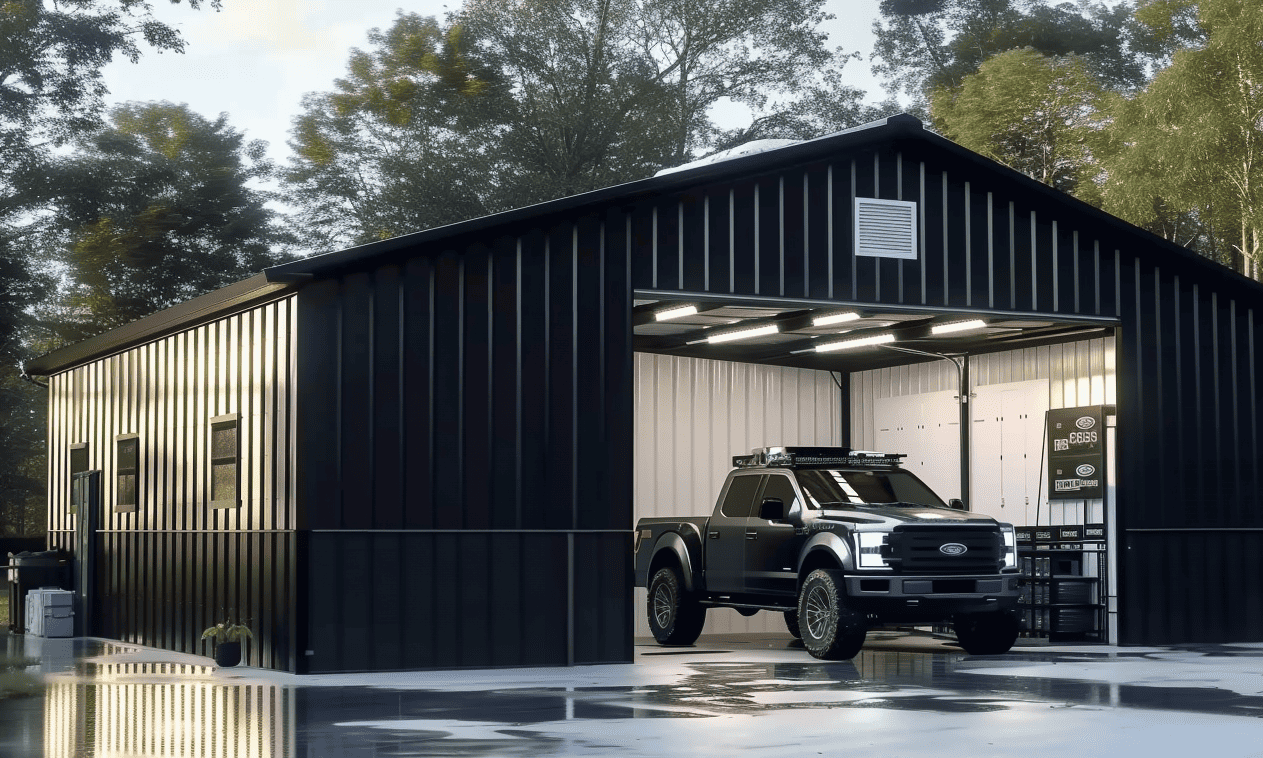
Conclusion
Constructing a steel structure is a significant investment requiring meticulous attention to detail and adherence to robust building codes. By understanding and avoiding the top five common building code violations, you safeguard your investment and ensure the longevity and safety of your building. Remember, each project is unique; seek guidance and remain compliant by frequently consulting local codes and experts. Stay informed with resources like common building code violations and Steel Code FAQs for additional insights.
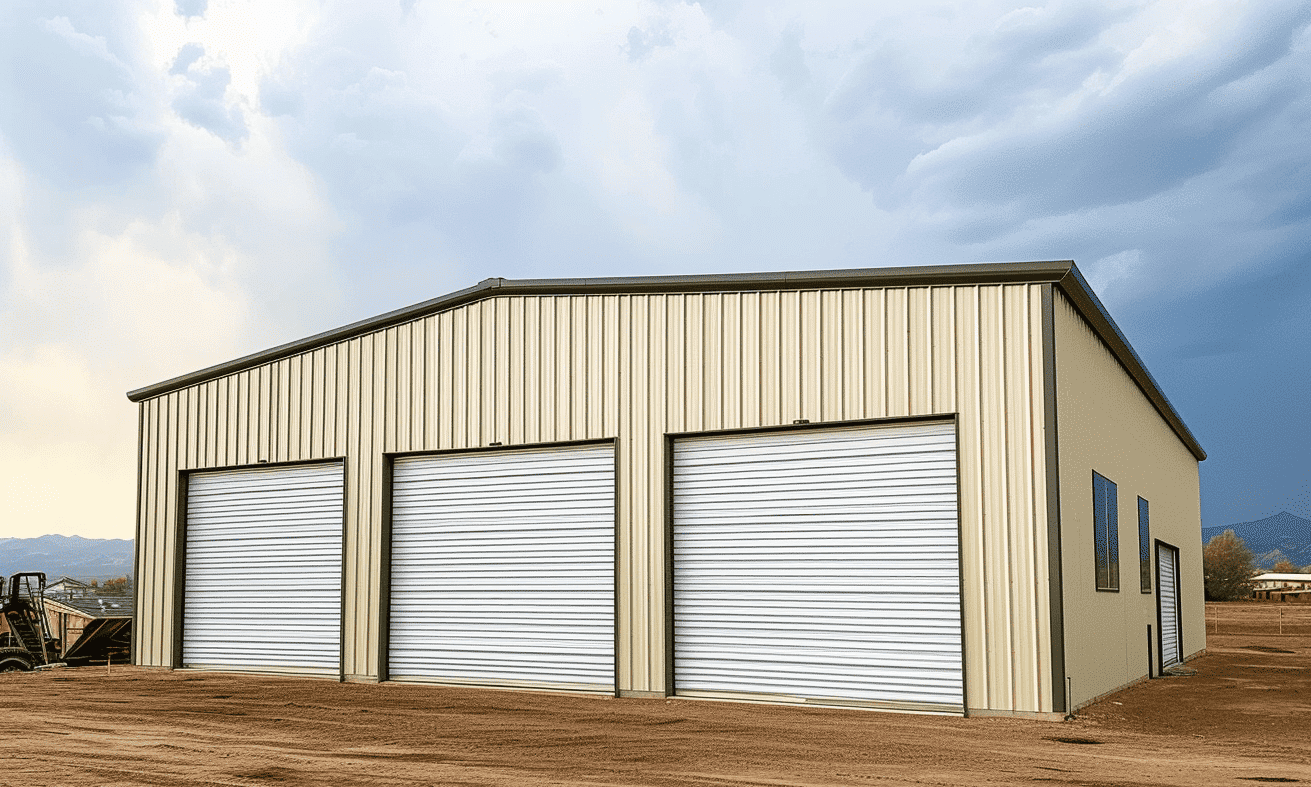
Ultimately, compliance is a critical component of any successful steel construction project. By adhering to these guidelines, you not only avoid penalties but also contribute to the safety and structural integrity of your building, ensuring it stands the test of time.
